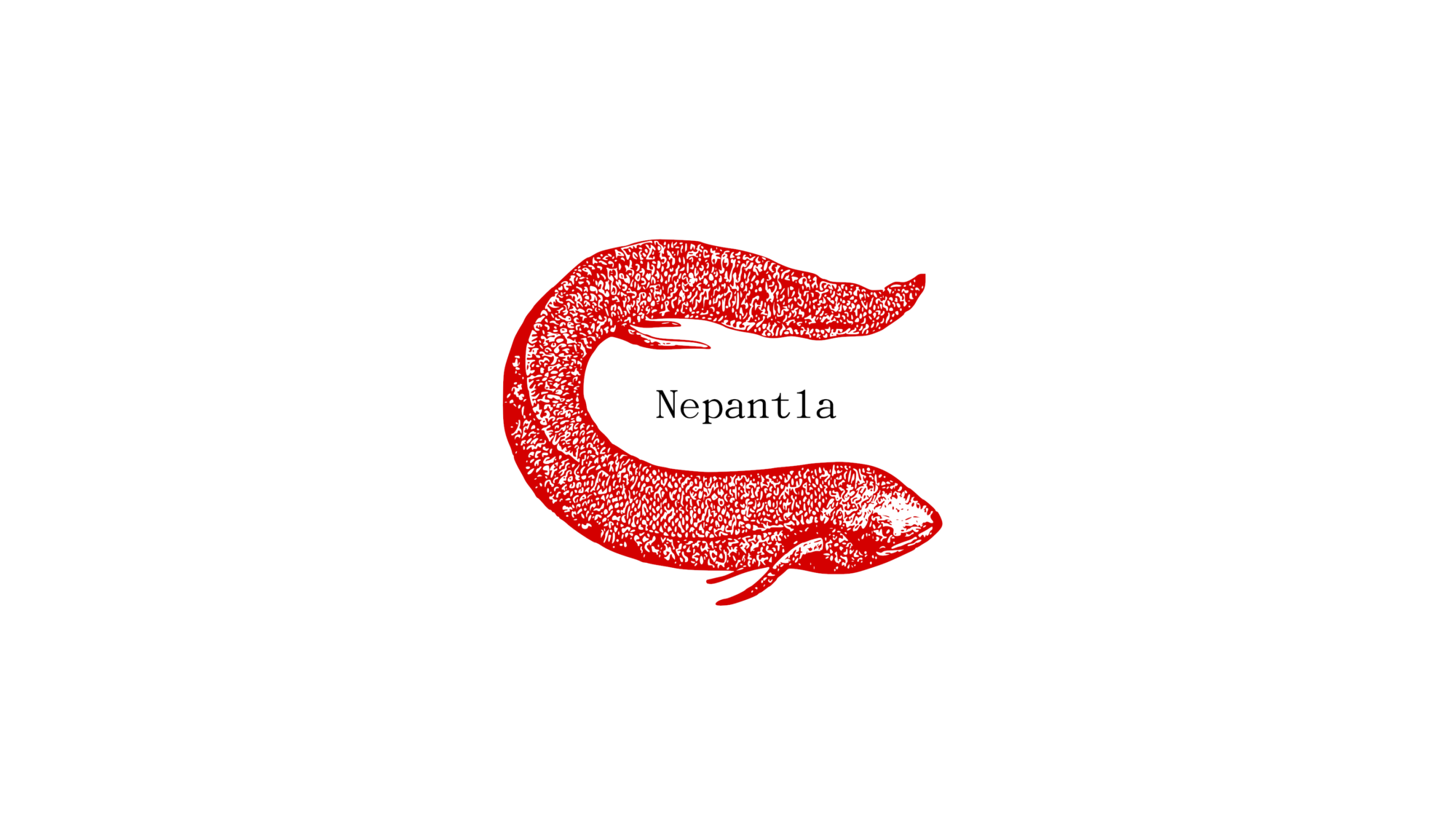
“Zine” is usually used to refer to self-published or “non-professional” publications (short form for “magazines” and “fanzines”, the last one being a kind of zine fandom-oriented). Zines are not just a good medium of experimentation, they are also spaces of expression and creation. Zines might be unsophisticated, but they offer an unique platform for freedom of expression.
Although the golden age of zines was the punk era, the internet and digitalization did not destroy independent publishing. Zines meetings are in a healthy state, truly spaces for political exchange and discussion. The anarchistic and horizontal nature of zine culture makes these places oasis for minorities and subaltern voices. Anyone can make a zine, anyone. That’s the power of zines.

Kotono is a Japanese zinester based in Osaka. She edits BGMzine, a zine about LGBTQ+ and “girl culture”. This last term could be understood as the aesthetic of “cuteness” or “kawaii-ness”, that is, an aesthetic that tends to re-appropriate the elements of “feminity”. I met Kotono in 2017 at the Zine Day Osaka. There, she told me about an article of her zine about selfies. Up to that moment, I hadn’t reflected upon the possibility that a selfie can be empowering. Usually, selfies are seen as superfluous and narcissistic. Men usually don’t permit themselves to do selfies, because it’s seen as something vacuous and girlish. However, selfies can be a form of expression, so intimate as a self-portrait in painting.
After 3 years, I wanted to catch up with Kotono and she accepted to be in my mini-interviews section.

Nepantla: First of all, thank you for letting me do this interview! How are you doing during the quarantine?
Kotono: Thank you too! Anyway, I sleep, sleep and sleep😴 haha. I also watch Instagram live streamings of different people, participate in online zine events and post about LGBTQ, feminism, etc. Also everyday I do exercise with my 2 dogs🐶🐶
N: The BGM zine has 5 issues already! Congratulations. Why and how did you start with it?
K: Thank you. First, Why=I don’t know~~ but I just do it. How= I found out about them for the first time, because my favorite illustrator was making zines. She made a collection with illustrations. So My first zine was also an inspiration’s collection (illustration, pictures, calligraphy).
N: BGM zine offers a place to discuss themes about the LGBT+ community. How do you see the situation of the LGBT+ community in Japan?
K: Ah~… This question is difficult for me… Because honestly I don’t really know it.
Do you know Shinjuku 2chome in Tokyo and Doyama in Osaka? These are gay community’s districts in Japan. But I don’t really go there. Of course I like it though!♡ Umm…how should I say… Japanese gay community is really wonderful, but…umm. I don’t think “Here is my place!”
Anyway I go anywhere, I meet a lot of people, and I talk to everyone, that’s all.
N: What do you think about the representation of the LGBTQ+ community in Japanese television?
K: I think Japanese television is too old-fashioned. Sometimes I would like to say:「Do you know now is 2020?」. But it’s improving little by little.
N: What do you think then about queer figures in Japanese television like Matsuko Deluxe?
K: It’s a difficult question. Almost all Japanese people are interested in what she says.
She expresses her opinions very clearly. They don’t care about her gender and sexuality. I don’t know if that is good or not.🤔

N: What is “girl culture” for you?
K: I think everybody’s different, but everything can be empowering. “Girl culture” is about that.
N: What is for you the magic of zines?
K: Nice question♡ It constructs a warming communication with a lot of people. So amazing.
N: Are you working on the next issue of BGM?
K: Yes. I am making the next issue about my 3 friends’ shared life of 1 year.
N: Thank you a lot for your time!
K: My pleasure! My English is not good, but I hope I can transmit you my feelings.
and here to buy the zine: https://silentmidnightuk.stores.jp/










